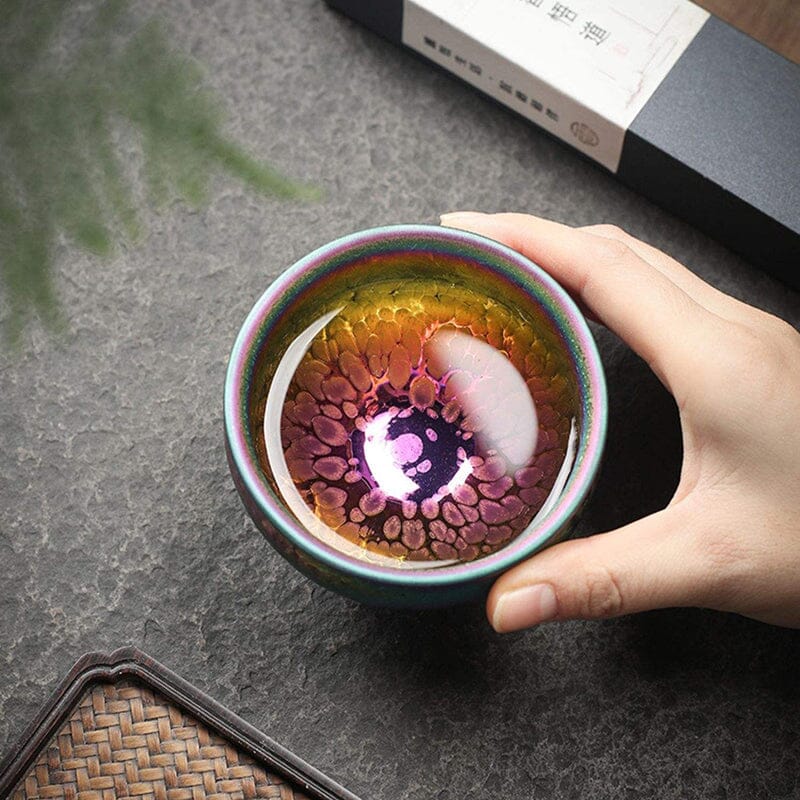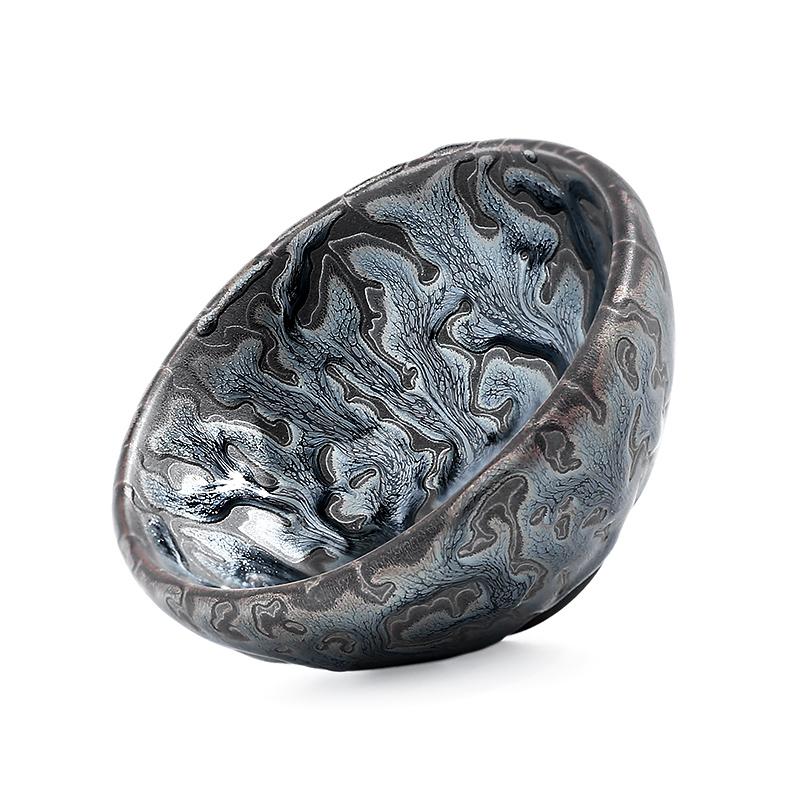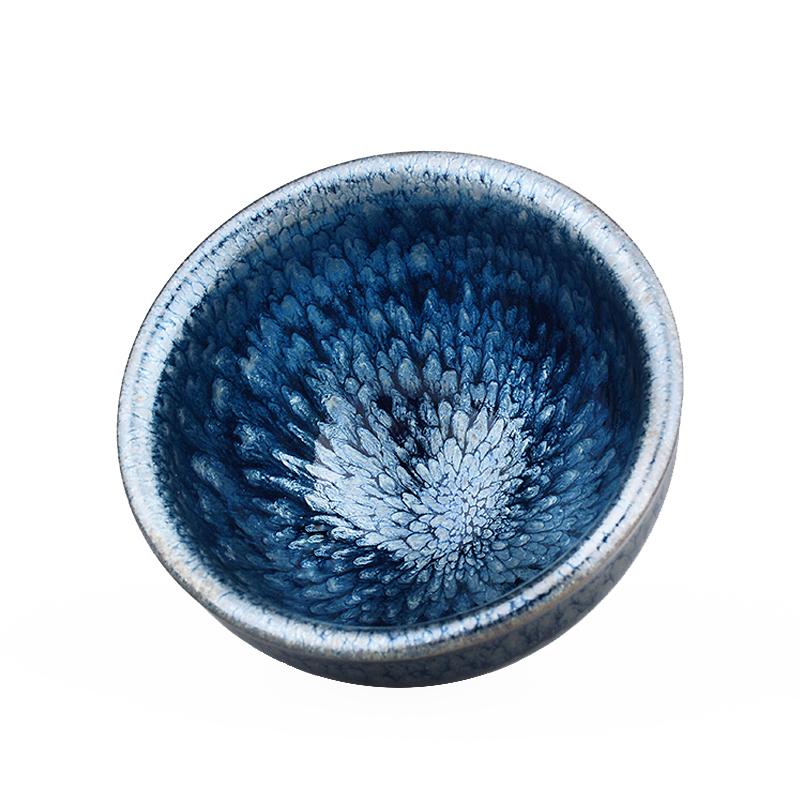1. Understanding Green Tea: Benefits and Spring Tasting Value
Anti-cancer effect: Active components such as tea polyphenols have antioxidant and anti-tumor activities, helping reduce the risk of certain cancers, making it an ideal daily health tea.
Anti-radiation effect: For office workers who face computers, mobile phones and other electronic devices for a long time, drinking green tea can reduce radiation damage to a certain extent and protect physical health.
Whitening effect: Nutrients in green tea can inhibit melanin production, help improve skin tone and brighten skin radiance, which is loved by female tea lovers.
Anti-aging effect: Antioxidants can fight free radicals, delay cell aging, and help maintain a youthful state of the body, suitable for people of all ages to drink for a long time.

2.Green Tea Selection Guide: Core Skills and Practical Points
Hygiene and safety: Hygiene is the primary consideration in green tea selection. High-quality green tea should be clean, free of impurities and peculiar smells, and contain no harmful substances. When selecting, check the appearance for dust or mildew, and smell to detect any abnormal odors to ensure the tea is safe for consumption.
Origin traceability: Origin and growing environment directly affect tea quality, and green tea from core producing areas has better flavor. Differences in climate, soil, altitude and other natural conditions in different producing areas create unique flavors and qualities of tea. When selecting, clarify the origin and prioritize teas from core producing areas with excellent ecology and no pollution sources, such as the Hangzhou, Zhejiang producing area for Longjing and the Suzhou, Jiangsu producing area for Biluochun.
Harvest season: The period before the Guyu solar term in spring is the golden time for green tea harvesting, and the pre-Ming and pre-Guyu teas at this time have the best quality. At this time, after a winter of rest, the tea leaves are tender, rich in nutrients, and the brewed green tea is fresh, sweet with a pleasant aftertaste and rich aroma. Tea harvested after Guyu will have significantly reduced taste and aroma due to rising temperatures and accelerated growth. Pay special attention to the harvest time label when purchasing.
(2).Dry tea characteristics
Uniform leaves: High-quality dry tea has uniform leaf size, neat shape, and few broken leaves and impurities, which reflects the excellent picking and production technology of the tea.
Heavy texture: When Weigh with hands, a heavy feel indicates that the tea is rich in nutrients and of better quality. Avoid choosing loose tea that feels light.
Elegant aroma without peculiar smell: Dry tea should emit elegant aromas such as orchid fragrance or bean fragrance, without abnormal smells like burnt, musty or sour odors. The freshness of the tea can be preliminarily judged by smelling the aroma.
(3).Tea soup quality
Clear and bright soup color: After brewing, the tea soup should be clear and bright, without turbidity or precipitation. If the soup is turbid, it may be due to substandard hygiene during production or poor tea quality, so be cautious when purchasing.
Pure tea aroma: The aroma of the tea soup should be consistent with that of dry tea, pure and natural, without mixed odors. The aroma of high-quality green tea can be fully released after brewing, remaining fresh for a long time.
Smooth taste: It tastes fresh and smooth in the mouth, without excessive bitterness or astringency. Those with obvious aftertaste are of better quality, which is the core standard for identifying the taste of green tea.
Craft advantage: Handmade tea can remove moisture from tea leaves more thoroughly. Tea makers can flexibly adjust temperature and time according to the state of tea leaves, ensuring full evaporation of moisture and better retention of aroma and nutrients, which is an advantage that machine-made tea cannot replace.
Taste characteristics: Handmade green tea tastes fresher after brewing, with less irritation to the taste buds. This is due to the precise control of fermentation degree and fixing temperature in handmade production, which can fully release nutrients while avoiding excessive processing that damages the taste, bringing a more natural tasting experience.
Preservation characteristics: Handmade green tea has more stable properties and is not easy to turn yellow or deteriorate. Because moisture is removed thoroughly, it is less susceptible to microbial damage during storage, can maintain good quality for a long time, and is suitable for tea collection and long-term drinking.
Tasting suggestions: When selecting, you can choose classic green tea varieties according to personal taste, such as Longjing, Biluochun, and Xinyang Maojian. No matter which variety you choose, you can feel the breath of spring and enjoy the pleasure of tea tasting by savoring the taste and aroma of the tea soup. It is recommended that beginners start with well-known varieties, which makes it easier to buy high-quality authentic products.

In short, when choosing green tea, you need to comprehensively consider hygiene and safety, traceability of origin, picking season, quality of dry tea and tea soup, and at the same time pay attention to the unique advantages of handmade tea.









Deel:
Why Does High Mountain Clouds Produce Good Tea?
The Appearance and Hairstyle of Tea Drinkers